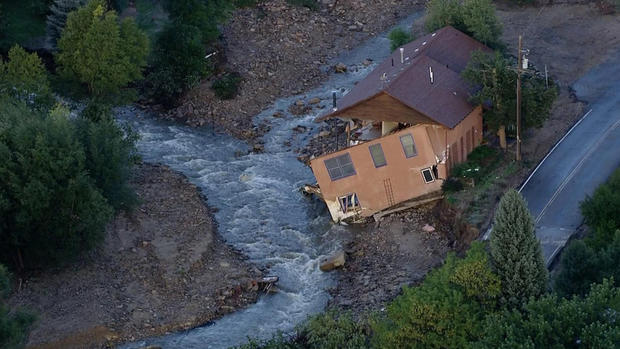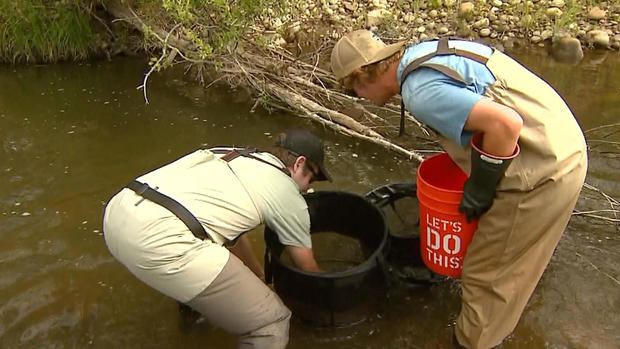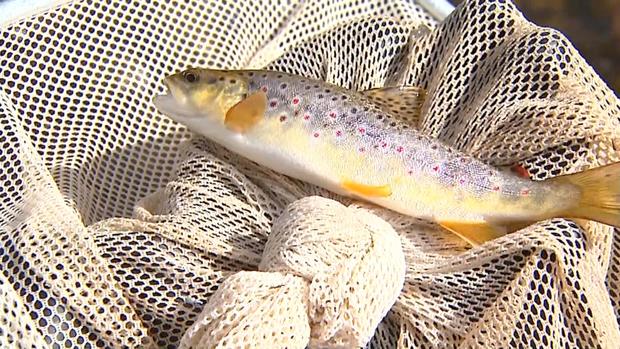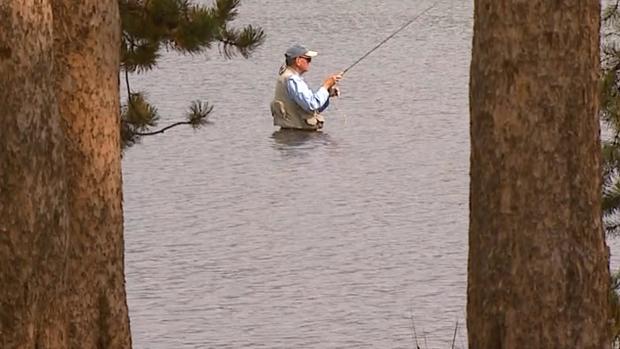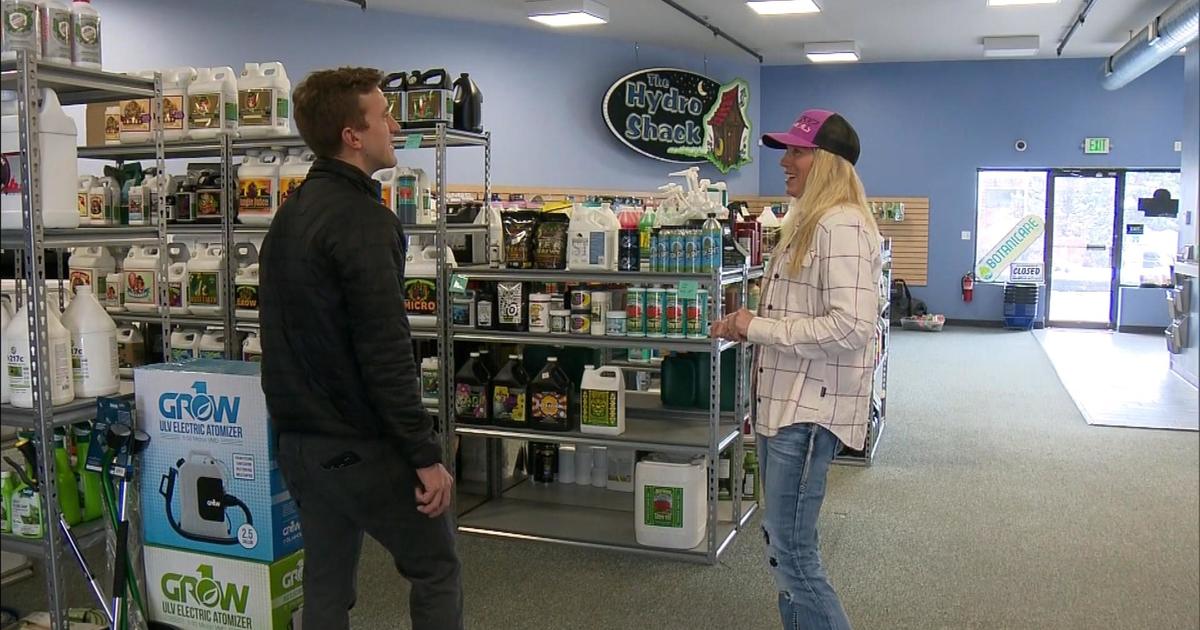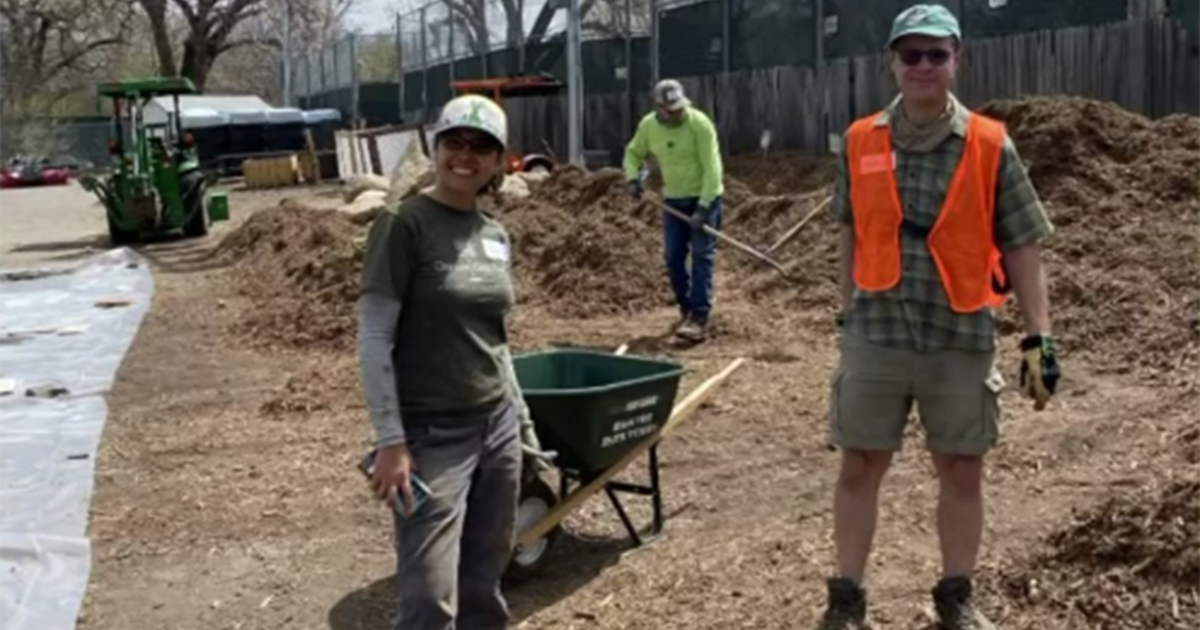4 Years After Flooding, Restoration Of Fish Habitats Continues
BOULDER COUNTY, Colo. (CBS4) - Four years have passed since the Colorado floods of 2013, and the rebuilding process continues in many ways. While human civilization has recovered in many areas, wildlife specialists are continuing their work to restore animal habitats that were impacted by the floods.
In conjunction with several other agencies, including the Colorado Parks and Wildlife department, Boulder County has recently focused some of their restoration work on the waterways. County workers this week are focused on restoring St. Vrain Creek.
Several creeks and rivers in Colorado were impacted by the flooding. Most of the change took place in Boulder and Larimer counties.
While change from natural flooding damage helped several native fish species, Boulder County felt they still needed to directly restore some habitats by hand.
"We've been tracking how the creek has been changing over time, and recovering," said Mac Kobza, Wildlife Biologist for Boulder County Open Space.
Kobza said several habitats were directly impacted in a negative way, by trash, chemicals and machinery used directly after the flooding. So, wildlife experts hope to restore vegetation and other natural elements in order to better protect native fish.
"We are seeing a lot of native vegetation regrown on the banks," Kobza said.
By electrofishing with Colorado Parks and Wildlife (Electrofishing uses electricity to stun fish before they are caught), the county has worked to track the population of fish species since the flood.
"Not only did we sample fish, we also look at the insects in the water, and the water quality," Kobza said.
While game fish populations, like brown trout, are thriving, the county wanted to restore habitat for the native fish population as well.
"The more the creek comes back to the condition it was before the flood, or a more natural environment, the harsher it is for those things like largemouth bass," Kobza said. "Stream restoration that we are conducting puts back native vegetation that was stripped out by the flood, and Boulder and habitat areas in the creek, that create conditions for native fish and trout to thrive."
While county biologists do their part to expedite restoration where they are needed, they also recognized the majority of the work would be left for Mother Nature to handle.
"We expect the creek to naturally heal itself over time," Kobza said.
Kobza said the complete restoration of the flood zone could take decades to naturally complete. By intervening in certain areas, Kobza hoped the process would be limited to a 10 to 20 year timeframe.
RELATED: Boulder County Only At Halfway Point Of Recovery From Historic Floods
Dillon Thomas is a reporter at CBS4 and a Colorado native. He believes everyone has a story, and would love to share yours! You can find more of his stories by following him on Twitter, @DillonMThomas.
